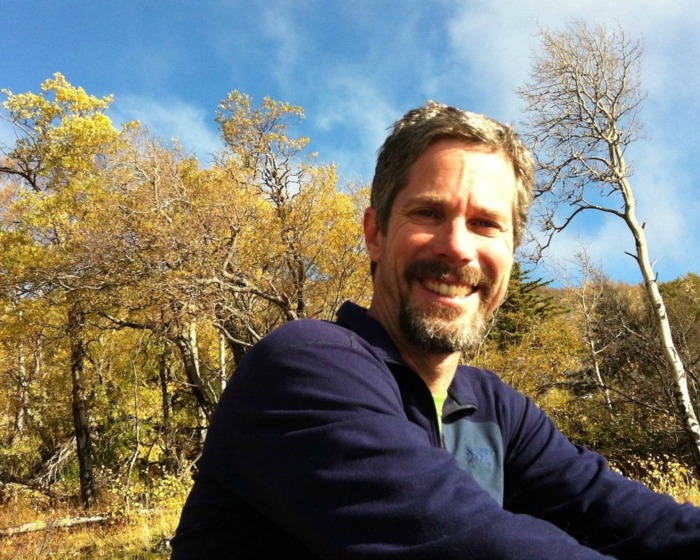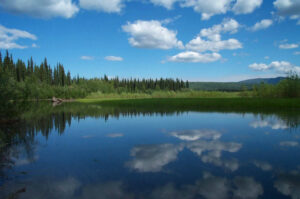
National Parks Are Important to Alaska
Client Perspective: Jim Adams, Alaska Director of the National Parks Conservation Association shares a story on working with Trustees for Alaska in the Sturgeon hovercraft case recently reviewed by the US Supreme Court.
I went on my first real backpacking trip in Wrangell-St. Elias National Park and Preserve 23 years ago. I’ll never forget the view of Root Glacier looking down from the ridge. It filled my heart. That’s what our national parks do—they astonish and inspire us. In Alaska, national park lands protect 54 million acres of ecosystems and the possibilities for adventure and experience are on a scale that are undreamed of in the rest of the United States. They are an integral part of America’s national heritage.
Not coincidentally, national parks also provide an enormous economic benefit to Alaska. In 2015, more than 2.6 million visitors experienced national parks and preserves in Alaska, spending $1.19 billion in the state and supporting over 17,000 jobs. People visit parks because they are special, and keeping them special is part of the job of the National Park Service.
As many in Alaska know, you are guaranteed the right to use your motorboat, aircraft and snowmachine in national parks in Alaska for access to traditional activities like hunting. That guarantee is a part of the unique accommodations made for Alaskans’ lifestyles when most of the national parks in Alaska were designated under the Alaska National Interest Lands Conservation Act (ANILCA) of 1980. Hovercraft, however, are not permitted in national parks. In 2007, John Sturgeon was informed by park rangers that operating his hovercraft on the Nation River in Yukon-Charley Rivers National Preserve was illegal. In 2011, Mr. Sturgeon brought a lawsuit challenging not just the hovercraft regulation, but something much bigger: the National Park Service’s right to have any say in what happens on the navigable rivers and lakes within the national park units in Alaska designated under ANILCA.
That is a tough claim to make. Yukon-Charley Rivers National Preserve was designated by Congress to, among other things, “maintain the environmental integrity of the entire Charley River basin, including streams, lakes and other natural features.” Congress entrusted the National Park Service to be the caretaker of these lands and waterways. It defies common sense to suggest that Congress would designate the preserve with such specific provisions, only to turn around and relinquish park managers’ authority to protect the rivers from harmful activities on the water.
In January 2016, Sturgeon’s appeal was heard by the U.S. Supreme Court after lower courts had consistently sided with the National Park Service. The Supreme Court justices acknowledged that additional legal work is needed and the case is now back in the Ninth Circuit Court of Appeals.
The case has implications far beyond whether people can use hovercrafts inside national park units in Alaska. For instance, Yukon-Charley River National Preserve has a long history of placer mining for gold. If the National Park Service can’t manage activities on the rivers, the rivers could be reopened to miners. There are plenty of places in our country that are appropriate for mining—or riding a hovercraft, for that matter. But while mining priorities or recreational opportunities change over time, our national parks are in the forever business. And protecting park resources, on land and on waterways, is the mission of the National Park Service.
Trustees for Alaska has represented National Parks Conservation Association and a number of other organizations as amicus or “friend of the court” in the Sturgeon case. On an issue where the state government has cried “federal overreach” over authority the Park Service has exercised for 100 years, it is essential that the courts hear from people who recognize the many values of our national parks—in Alaska and beyond. Trustees has helped National Parks Conservation Association, on behalf of our more than one million members and supporters, have a voice in those proceedings.
Visitors to national parks in Alaska—from Alaska and from far away—seek an experience that is found almost nowhere else in America. Those unique experiences cannot and will not last if the National Park Service does not have the authority to protect parks and the rivers and lakes within them. National Parks Conservation Association appreciates Trustees’ work to help us and many other Alaskans stand up for America’s national parks.




